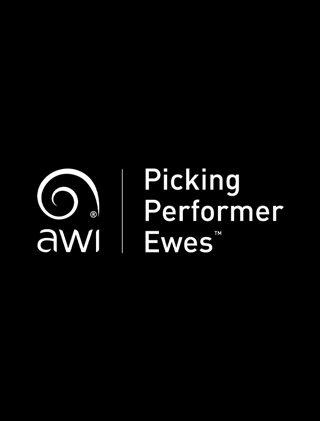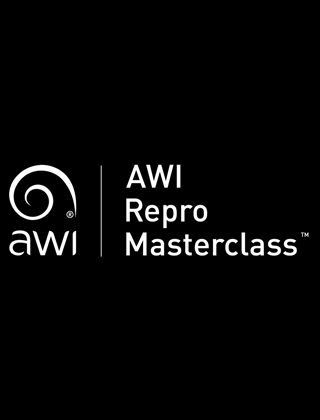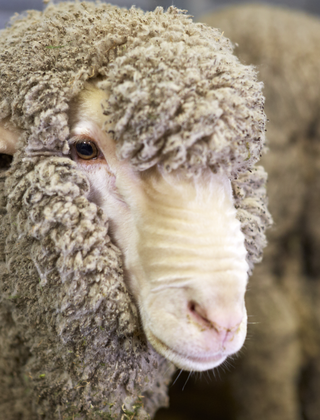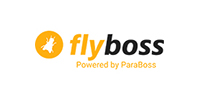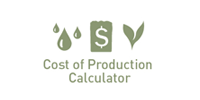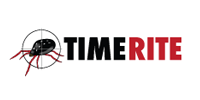Welcome to Australian Wool Innovation, a hub for the woolgrowers of Australia.
Not a woolgrower? Looking for information about wool products, wool care or wool processing?
The Woolmark Company is the global authority on wool. Visit Woolmark.com instead.
Long-term profitability provided by wool sheep
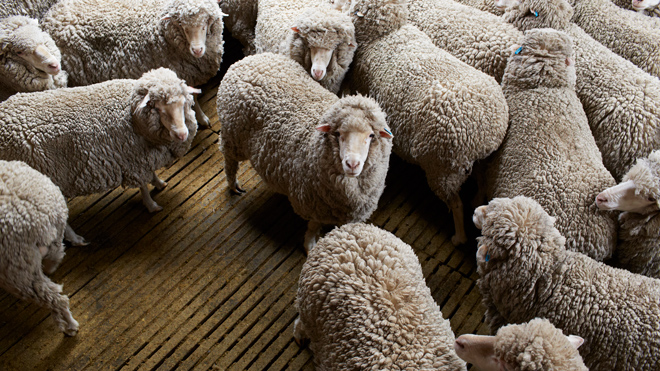
Although many woolgrowers are experiencing low margins in the current economic climate, wool sheep remain a good choice for long-term farm profitability and risk management. They are the true dual purpose animal, offering production options and a reliable source of income.
Droughts and floods, global economic challenges, high input costs, fluctuating commodity prices – these are putting pressure on all types of farming enterprises.
Despite these challenges facing agriculture, Australian woolgrowers continue to show their customary resilience and take a longer-term outlook that will enable them to reap the benefits of their wool-growing enterprises when conditions change and returns improve.
The report into livestock enterprise profitability Why stay in wool sheep?, which was released last year by John Francis of agricultural consultancy company Agrista, provides a useful reminder of wool’s profitability.
The key points in the report are:
- Over the five years 2018–19 to 2022–23, wool sheep enterprises provided similar or better profits than alternative livestock enterprises (beef breeding herds, dual purpose sheep flocks, prime lamb flocks) – see Figure 1 below.
- A focus on improving the performance of a livestock enterprise is more likely to increase profits than moving to a different enterprise; top-performing producers (in the top 20%) consistently achieve double or even triple the profit per DSE compared to average producers across various enterprises – see Figure 1 below. Furthermore, changing enterprises incurs significant up-front capital costs for, for example, new infrastructure, plant or genetics.
- Measuring the financial and production performance of an enterprise is an important way to identify ways to achieve the greatest rewards from the lowest cost; in particular, it is vital to examine the feed supply curve and align it to livestock energy demands over the year.
- Potential opportunities to deliver higher production at low marginal cost include simplifying the operations of the enterprise, improving infrastructure to deliver higher levels of labour efficiency, and investing in genetics.
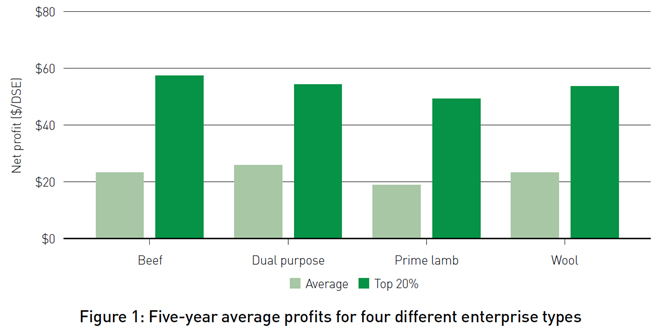
Wool enterprise strengths
Agrista’s analysis points out several strengths of wool enterprises over other livestock enterprises:
- Diversity of income – Wool enterprises have multiple income streams including wool, sheep meat and lamb. This diversity in income enables woolgrowers to adapt their enterprise based on market signals, resource suitability or management preference.
- Income generation during drought – Wool sheep have low maintenance energy requirements and produce a fleece of reasonable value even in a drought, meaning that the reduction in income due to drought is lower when compared to livestock enterprises dependent on meat production.
- Maternal flexibility – The Merino ewe has the flexibility to be joined to a Merino to produce high value wool progeny, or to a maternal sire or terminal sire, or managed as a dry sheep with lower energy requirements and higher wool production relative to a lactating ewe.
- The value of wethers and dry ewes – Wethers are a feed efficient animal because there is no reproductive demand for energy. These animals are well-suited to land classes with lower energy feed and environments with little seasonal rainfall pattern.
More information:
Download the 12-page Why stay in wool sheep? report.
View a recording of a webinar in which John Francis talks through the report.
This article appeared in the Winter 2025 edition of AWI’s Beyond the Bale magazine that was published in June 2025. Reproduction of the article is encouraged.






